What Do Brown Recluse Spiders and Bites Look Like?

Warning

Brown Recluse Spider
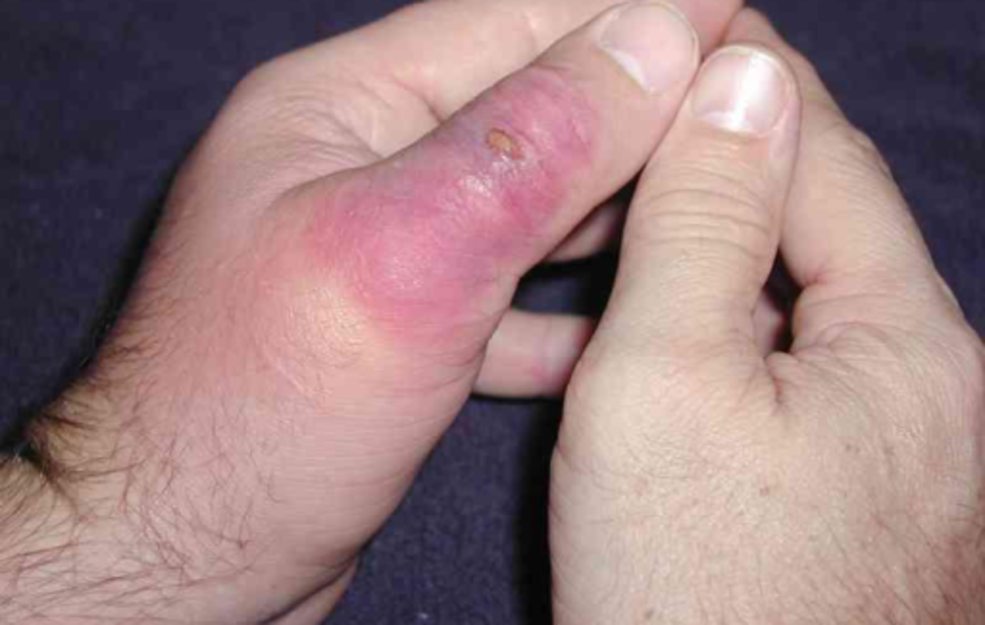
Brown Recluse Spider Bite Day 3

Brown Recluse Spider Bite Day 9
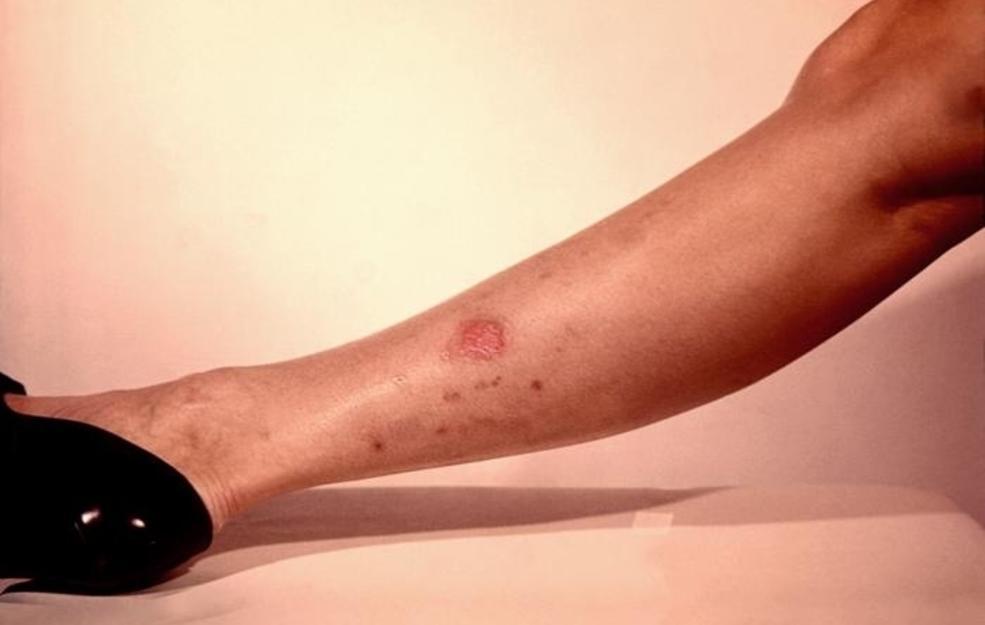
Tissue Necrosis

Surgical Treatment

Brown Recluse Spider
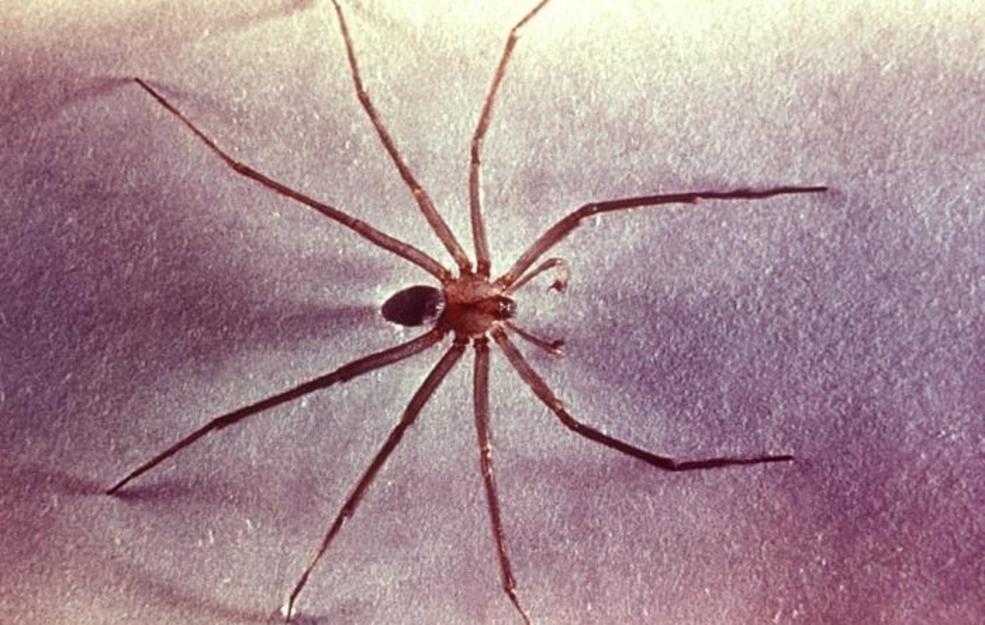
Brown Recluse Spider

Tissue Necrosis Close-Up



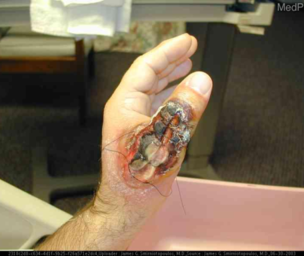




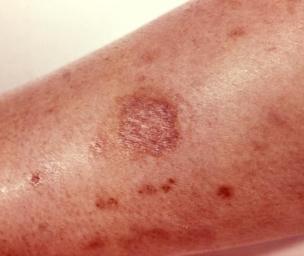









What Are Brown Recluse Spiders and Bites?
The brown recluse is a hermit spider with a necrotic venom and is one of two spiders with medically noteworthy venom in North America. Brown recluse spiders have six eyes instead of eight like other spiders. The brown recluse has a deadly venomous bite, and if someone is bitten by it, emergency medical assistance should be sought immediately.
Most spiders are completely harmless to humans. Over 20,000 different types of spiders live in the Americas, only sixty of which are able to bite humans. In that small group, only four are identified as hazardous to human beings: the black widow, the yellow sac spider, the hobo or aggressive house spider, and the brown recluse. In this group, only the black widow spider and the brown recluse have been linked with major disease and very exceptional reports of death.
Brown recluse spiders are well-known for their violin design on the back of the cephalothorax. The violin design is noted with the base of the violin towards the head of the spider and the neck of the violin facing the rear. These tiny, non-hairy spiders are yellowish-brown to dark brown in color, with darker legs. Their legs are about one inch in length. The name of their category, Loxosceles, means “six eyes,” whereas most other spiders have eight eyes. This unique feature of the brown recluse is not easy to observe with one’s own eyes.
These spiders are not violent and bite only when threatened, generally when pushed up against the aggressor’s skin. Most bites happen in the summer months. They pursue warm, dark, dry atmospheres, such as woodpile closets, attics, basements, porches, barns, and old tires. Its small, disorganized web, established mostly in corners and cracks, is not used to capture victims.
Symptoms of Brown Recluse Spider bites
Brown recluse spider bites usually go unobserved, initially, because they are generally painless. Rarely, a slight burning that feels like a bee sting is remarked at the time of the bite, and a small, white eruption progresses at the site. Symptoms commonly develop two to eight hours after the bite, and most cause slight tissue damage.
Those bitten may experience these symptoms:
Primarily, the bite spot is slightly red and, upon close examination, may disclose tooth marks. Most commonly, the bite site becomes firm and rebuilds with slight scarring over the next few days. Signs that may be present include:
- Blistering
- Necrosis of skin and hypodermal fat (rare)
- Severe damaging necrotic cuts with profound, wide borders
If you feel that you have been bitten by a brown recluse spider, then reach out to the doctor immediately without causing an y delay. In certain cases, one can catch the spider and keep it in a jar to show it to the doctor so that he can identify the spider and confirm the correct diagnosis and treatment. In most cases the doctor will go in for tetanus booster. It may sound scary but these bites are not dangerous and they heal on their own without leading to any complications.
How Is a Brown Recluse Spider Bite Diagnosed?
The doctor will question the patient about the bite incident, the amount of time that has passed since the bite, and other medical difficulties, medications, and allergies.
Generally, laboratory tests are not required if the symptoms are restricted to the bite area. If symptoms are more severe or appear to spread, lab studies may be performed, including a complete blood count, kidney function studies, electrolytes, urinalysis, and blood clotting studies.
Though an immunologic (ELISA based) examination for brown recluse spider bites has been established, it is not accessible in routine use, so, presently, no precise laboratory outcomes can characteristically determine a brown recluse bite. Thus, an ostensible diagnosis can occur only after a cautious history and inspection, taking into account the possibility of a bite reliant on the part where the person was nibbled. This diagnosis can be confirmed if the spider is presented and acknowledged as a brown recluse.
What Are the Causes of Brown Recluse Spider Bites?
The venom of the brown recluse is extremely poisonous, even more intoxicating than that of a rattlesnake. However, recluse venom causes fewer diseases than a rattlesnake bite, because of the minor quantities inserted into victims. The brown recluse venom is toxic to tissues and cells.
This venom is an assortment of enzymes. One of the particular enzymes, once inserted into the victim's skin, causes damage to local cell membranes, which upsets the uprightness of tissues and leads to local collapse of fat, skin, and blood vessels. This process ultimately results in tissue death in the areas surrounding the bite site.
The venom also triggers an immune reaction. The victim's immune system discharges provocative cytokines, agents-histamines, and interleukins that convert signal-specific, illness-fighting white blood cells to the area of injury. In severe cases, these same provocative agents can themselves cause damage. These minor effects of the venom, although very rare, can create major issues, including:
- Damage to red blood cells
- Low platelet count
- Blood clots in the vessels
- Inability to form blood clots
- Kidney failure
- Coma
- Death
Home Remedies for Brown Recluse Spider Bites
- Apply ice to reduce pain and inflammation.
- Lift the area above heart level.
- Clean the area carefully with cool water and mild soap.
- Avoid any energetic activity, as this can spread the venom.
Avoid performing the following techniques:
- Do not apply any warmth to the area; this will quicken tissue damage.
- Do not put any steroid creams on the affected area.
- Do not attempt to remove the spider venom or cut out the affected tissue.
- Do not apply a bandage to the wound.
Treatment of Brown Recluse Spider Bites
After primary assessment, the doctor may offer the following treatment:
- Tetanus vaccination
- Pain-relieving medication
- Antibiotics if signs of septicity are present
- Antihistamines, such as diphenhydramine, for itch relief
There is no anti-venom available in the United States to combat the poisonous venom of the brown recluse spider. Notorious therapies comprise steroids and the drug dapsone. These are frequently used for people with severe illness like certain types of blood clotting problems, anemia, and kidney failure. These treatments have diminutive value.
The patient has to follow-up with a physician, as many wounds will need to be examined every day for a minimum of three or four days. Necrotic injuries will need close follow-ups. The doctor may cautiously remove dead tissue to diminish the chance of increasing secondary bacterial contaminations.
Prevention of Brown Recluse Spider Bites
Once the spider enters a home, then it becomes very difficult to get rid of those tiny creatures. One can use repellants or sticky traps to reduce their numbers. However, one can also go in with the below precautions to lower the chances of getting bitten:
- If there is any kind of clutter in the basement, yard, inside any room then it is time to get it cleaned before the spider makes it their home. One should avoid to stack any wooden piles against the house. By doing so, one can reduce the type of places where these spiders find shelter.
- Do not leave clothes on the ground, if you do then ensure to shake it well before wearing them or stacking them up.
- The brown recluse spider mostly lives in cardboard hence just be careful in getting things out of the storage at any given point of time.
- When you are moving the wood and rocks from one place to another then always wear gloves. This should be mostly carried out where brown recluse spiders are spotted more often.
- Before wearing any shoes, ensure to flip and check them for any presence of these spiders.
- To avoid any encounter with spiders, try to store the tools and any hand held equipment’s in a tight plastic bag.